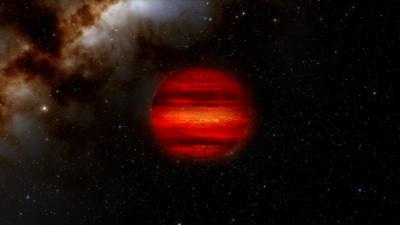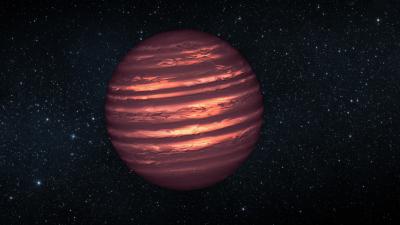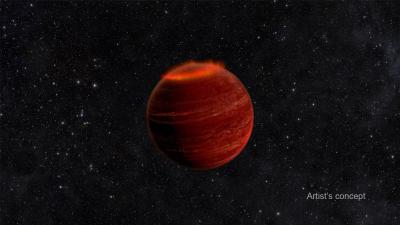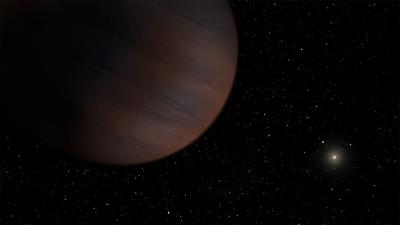brown dwarfs
-
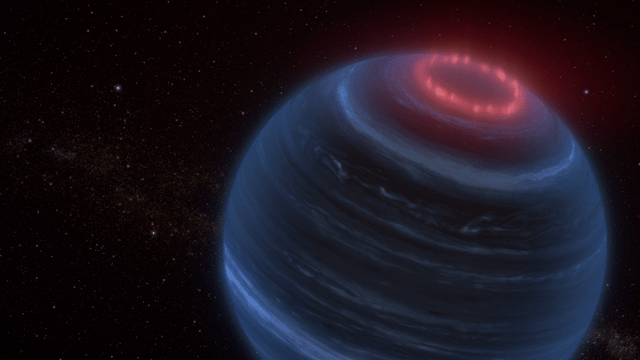
Webb Telescope Finds What May Be a Glowing Aurora on a Failed Star
The Webb Space Telescope has spotted something weird: a brown dwarf with what appear to be aurorae, what we Earthlings sometimes call the Northern Lights. What makes the observation particularly surprising is that the brown dwarf doesn’t have a nearby star that could cause such an aurora. Aurorae on Earth happens when particles from the…
-
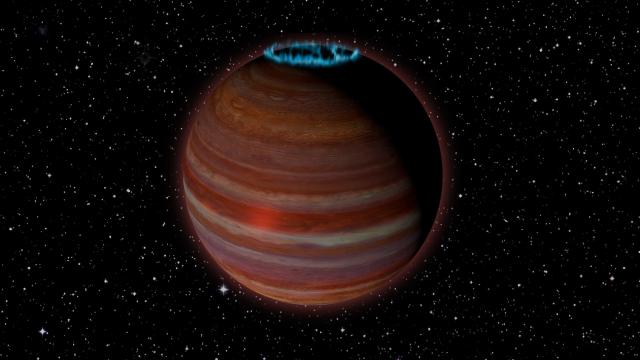
Planet Or Star? Either Way, This Rogue Object Is Really Weird
Various news outlets have been discussing a strange object in space, which may or may not be a planet. New measurements show that what was thought to be a brown dwarf — essentially a “failed star” that is too small to generate nuclear fusion, but too big to be a planet — might be a…
-
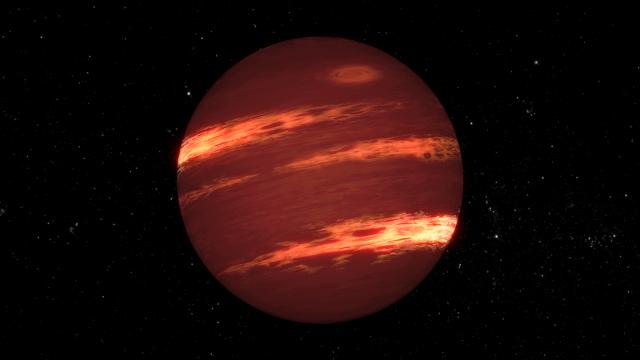
Scientists Think They Have Solved An Important Mystery About Brown Dwarfs
Are they stars? Are they lost planets? Brown dwarfs, the galaxy’s dark, wandering orbs, are some of space’s most perplexing features. They’re larger than Jupiter but smaller than stars, glow on their own and, well, they’re just really strange. A new analysis seems to explain at least a few of their mysteries.
-
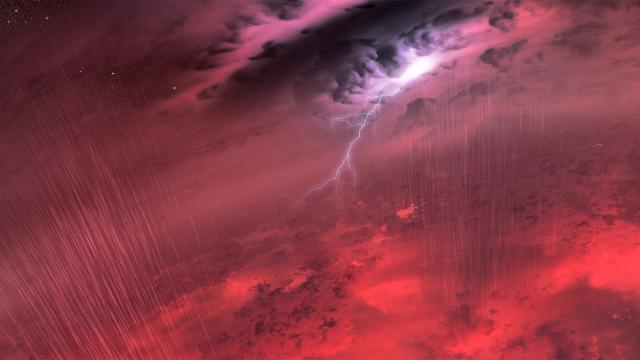
Most Failed Stars Have Clouds And Rain, Says NASA
The scene seems like a storm over a sea of lava somewhere in Mordor, but you are looking at the surface of a failed star — the weather on a brown dwarf based on new data from the Spitzer Space Telescope. It’s spectacular. Even more so when you think that’s not water falling from the…
